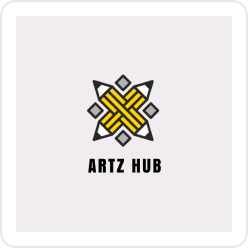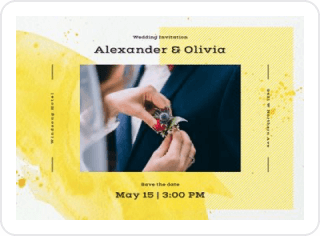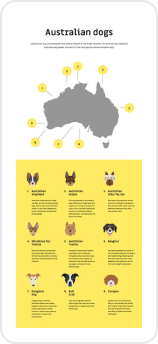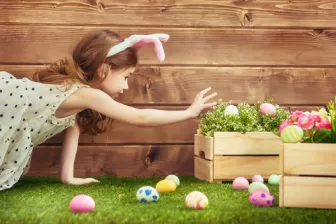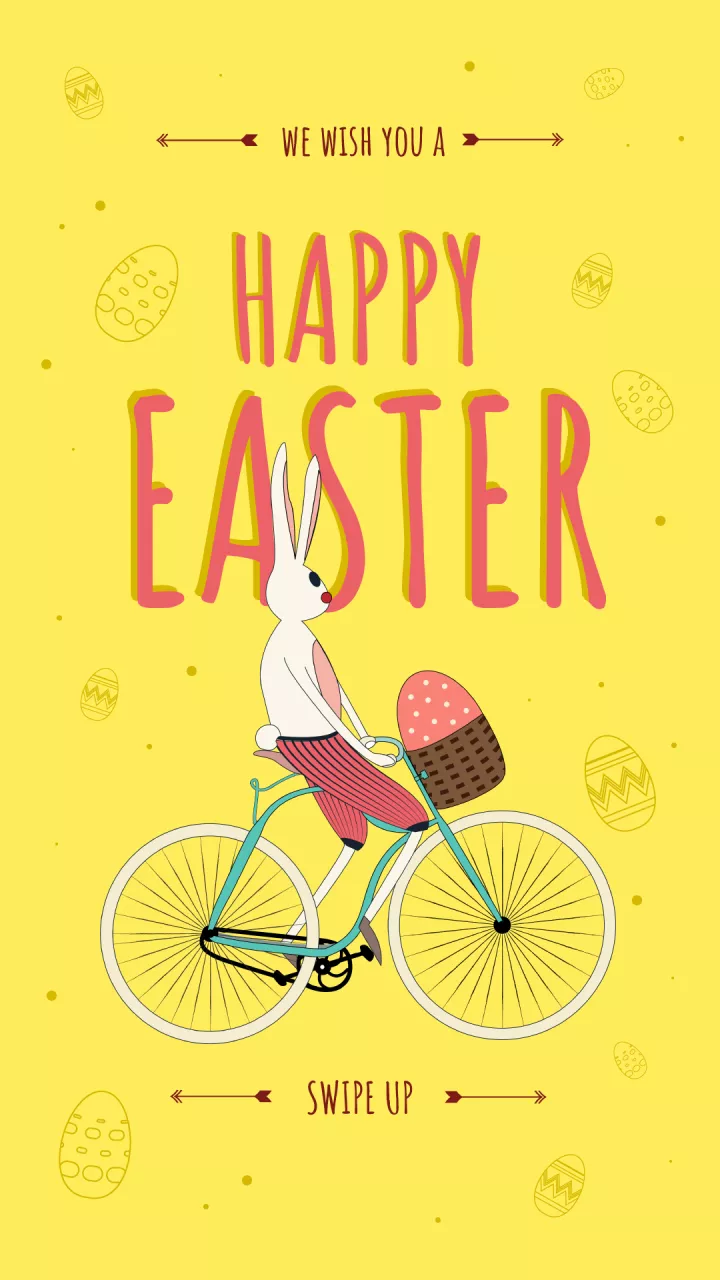Easter
Easter History
Easter is the oldest holiday of Christianity, that has been officially decreed to observe by the first ecumenical council of the Christian churches in 325 AD. In the Jewish religion, it is connected to the holiday of Passover. The Passover night falls on a Good Friday, a day when Jesus Christ had been crucified.
The scientists often track the name Easter back to the name of the pagan goddess Eostre, who represented new life and spring in old Anglo-Saxon mythology. They point out the seasonal significance of the Easter dates, as even in the years before Christianity, it was traditional to welcome the spring and celebrate successful survival through another winter.
Easter Traditions
In the olden days, as a big church holiday, Easter used to be followed by a whole week off. It was reduced to a 1-day holiday in the period of the 19th century. Other than that, the traditional celebrations of Easter haven’t changed much over the centuries.
The immediate week before Easter is the so-called Passion week, with each day having its own meaning and rituals. It begins with the Palm Sunday when Jesus arrived in Jerusalem and ends with the Good Friday when he was crucified. The following Sunday is celebrated the most, the day of Jesus’ resurrection and rise from the tomb.
The Easter services vary depending on the church. In North America, sunrise services are quite common, while in the Catholic traditions and Eastern Christianity crowds of believers attend the all-night vigils led by the high priests.
Easter Sunday puts a cap on the Great Lent, a 40-day period of strict fasting and prayers for Christians. No wonder families get together on that day to eat and drink. The traditional foods for Easter vary depending on the region, but painted eggs and some kind of festive bread (Hot-cross buns, Kulich, Paska, Tsoureki, and others) are staples.
Marketing Activities for Easter
The tradition of the Easter Eggs hunt makes the Easter amazing opportunity for the holiday-jacking gamified promotion campaigns. Via the Facebook 360 Live tool and Snapchat you can launch the live Egg Hunt in your feed for all your followers, kids and adults alike. Or, use the old and good “Easter Egg Hidden Objects” puzzle for the engagement on Twitter and Instagram.
A way to boost followers’ engagement on Easter in social media is to run the “Easter Egg” reveal-for-likes campaign, where your followers can “break the egg” and see what’s inside by hitting 50 or 100 likes.
Don’t be afraid to utilize Easter symbols more in your communication materials. A simple solution like an egg-shaped colorful avatar or chocolate bunnies giveaway can bring you a lot in the customers’ retention.
A great and lucrative media strategy on Easter is putting your logo before the eyes of the mobile and computer games players. Send out Easter eggs with a discount code for your product in the Easter-themed packs and perks for gamers, and see how it brings a flow of new audience to your channels.
Popular hashtags: #easter #paques #pascha #eastersunday #holyweek #santasemana #egghunt #resurrection #eternallife #spring
Colors of Easter
Purple is the color of the week before Easter. It is significant because the purple dye was an expensive luxury at the Bible times, a royal dye. The Roman soldiers who seized Jesus have dressed him in the purple robe and mockingly hailed King of the Jews while torturing. Hence purple color got associated with the blood of Christ.
On Easter Sunday, purple gives way to the combination of white and gold inspired by celebratory church liturgies.
For the commercial celebrations, the Easter decorations come mostly in pastels, to mark the softness of the spring.
Symbols of Easter
Cross—the cross symbol has been historically used on Easter to remind about Jesus on the cross.
Decorated eggs—the common custom across all countries is painting chicken eggs for Easter in different colors. In modern Western culture, though, the chicken eggs got replaced in the 20th century with the chocolate egg-shaped candies. In some countries, though, outstanding traditional Easter egg designs are handmade, where the intricate ancient art of multi-layered symbolic patterning is still very alive.
Hot cross buns eaten on Good Friday is the most popular Easter tradition for Brits, according to the survey</a href>. These sweet buns are made with the dairy and raisins to mark the end of the Lent, and the cross on top of each is called to remind about Jesus being crucified on this day.
Easter basket. In Eastern Christianity, a basket of foods—mainly sausages, dyed eggs, candies, and Easter bread—is brought to churches by families to get blessed before being eaten during the “break-the-fast” meal.
Egg hunt—a favorite traditional game where the decorated eggs are hidden for the children to find and win prizes. The favorite activation game for the marketers during the Easter season and beyond it.
Easter greetings—the most common greeting is simply wishing Happy Easter. If you’re looking to convey a message with a deeper emotion, look into slogans and quotes about gratefulness, love, and hope.




